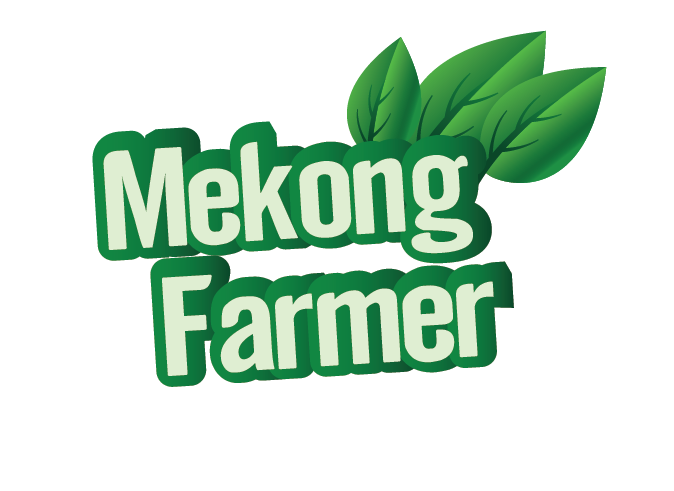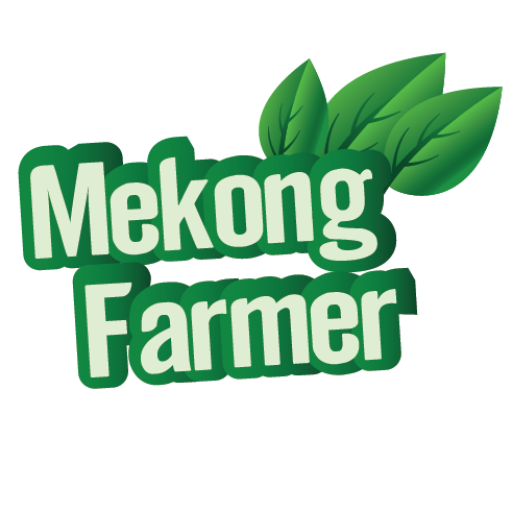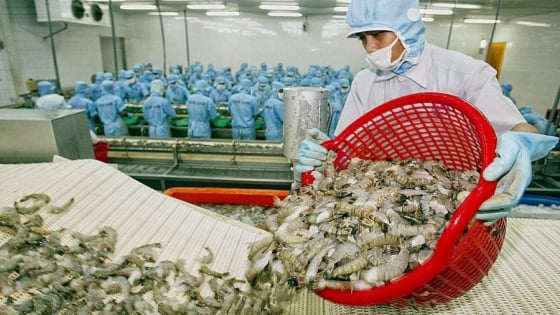(VAN) Increased demand in emerging markets combined with stable supply in key farming areas will help Vietnam maintain its export performance in the coming time.
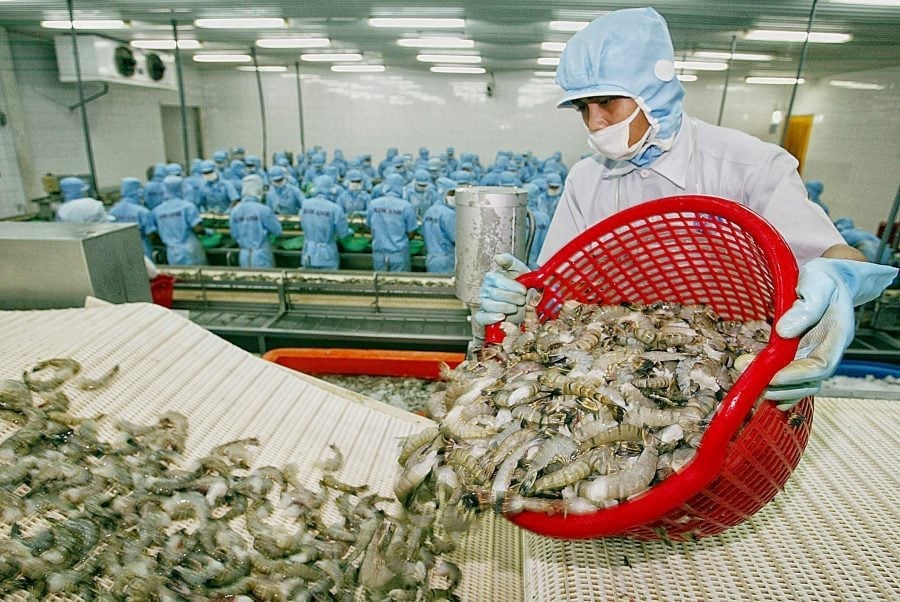
Shrimp exports this year aim to reach over USD 4 billion.
Vietnam’s shrimp export market has been continuously expanding, from 102 countries in 2023 to 107 countries in 2024, consolidating its growing influence in global trade.
According to VASEP, the top 5 export destinations for Vietnamese shrimp are: China (including Hong Kong), the United States, Japan, the EU, and South Korea. In total, these regions account for 76% of Vietnam’s total shrimp export turnover.
Among major markets, the rise of China, with a turnover of USD 843 million last year, up 39% compared to 2023, is considered a surprise. In addition to traditional products such as black tiger shrimp and white-leg shrimp, Vietnam also exports a large amount of lobster to the billion-people country.
Ocean Treasure, a large seafood and fruit import-export company in Europe, the United States and Latin America, reported that in January 2025 alone, lobster accounted for nearly half of Vietnam’s total seafood export turnover to China, an increase of 8 times compared to the same period in 2024.
Thanks to this rapid expansion, China has now surpassed the United States to become Vietnam’s largest shrimp buyer. Notably, this trend has continued in the first months of 2025.
Thanks to the large demand from China, the United States and the EU, shrimp exports have achieved remarkable results, generating USD 542 million in the first 2 months of 2025, an increase of 30.8% compared to the same period in 2024. In February, Vietnam exported USD 231 million of shrimp, an increase of 34% over the same period.
The Ministry of Agriculture and Environment forecasts that the demand for imported seafood (including shrimp) will continue to increase until the end of 2025, especially when the global economy recovers and emerging markets such as the Middle East, Africa and Southeast Asia expand seafood consumption.
Specifically, in the United States, trade policies under the Trump administration may bring new opportunities for Vietnam’s shrimp exports. Changes in consumer tastes, as well as increased tariffs on products originating from China, will give Vietnam an advantage, as the United States seeks alternative suppliers amid the restructuring of global trade.
In the EU, by 2024, the volume of whiteleg shrimp and frozen shrimp imported into the EU will reach about 370,000 tons, up 4% compared to 2023. Compared to 2019, the total volume of shrimp imported into the EU increased by 26%. Thanks to this general situation, Vietnam’s shrimp exports to the EU have recovered and maintained its position as one of the main suppliers.
Regarding the industry’s outlook this year, VASEP is optimistic. The reason is that since October 2024, shrimp import prices have increased in most key markets. With a relatively stable supply of shrimp in large shrimp farms in the Mekong Delta, prices are expected to remain high throughout 2025.
“This stability is expected to further strengthen the confidence of both exporters and importers,” said Kim Thu, a VASEP expert, while leaving open the possibility of resetting the export record of USD 4.3 billion as in 2022 because current optimistic statistics are not yet the peak season for shrimp consumption.
However, competition and the ability to maintain sustainability remain major challenges for the shrimp industry. In addition to quality standards, major markets also require many other factors.
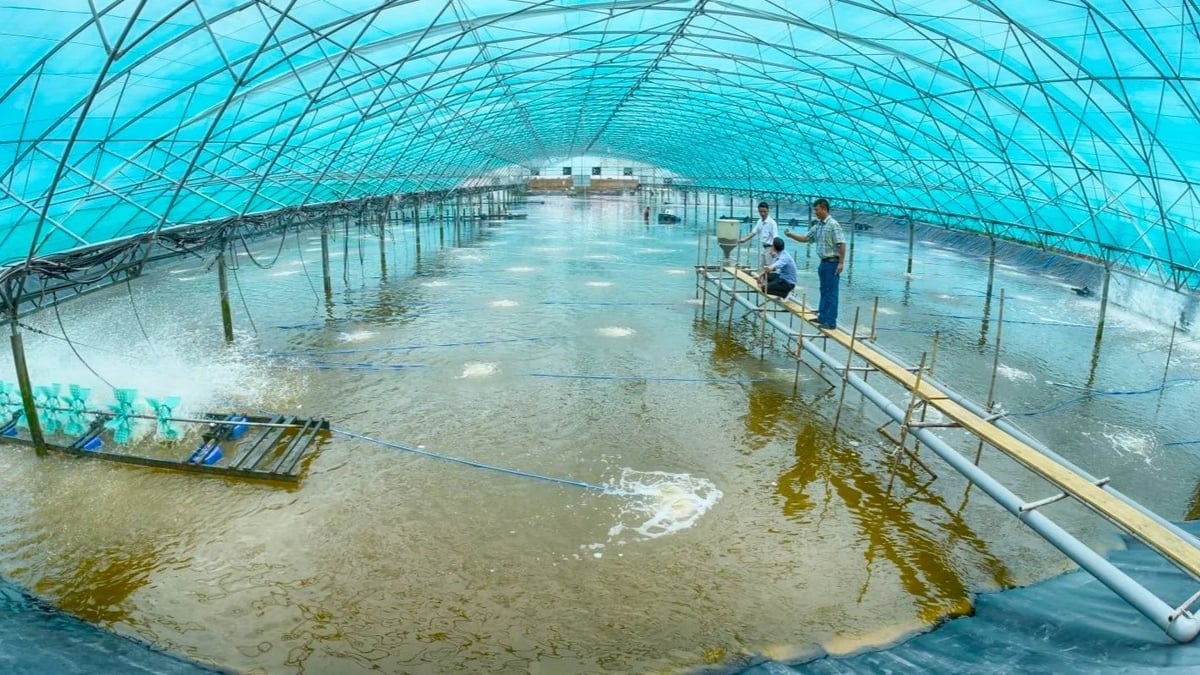
An intensive, high-tech shrimp farm.
For the EU, a demanding market, shrimp needs to ensure traceability. In order to import goods into Europe, businesses are required to apply the HACCP system to control risks throughout the farming and processing process. Along with that, certifications such as ASC or GlobalGAP are also mandatory requirements to prove that shrimp are farmed sustainably, without harming the environment.
The EU also requires shrimp to have clear certification from the farm to the table to ensure that shrimp are not related to illegal, unreported, and unregulated fishing (IUU). Regarding chemical indicators, the EU sets very strict maximum residue levels (MRLs), especially for antibiotic residues. If a batch of shrimp is found to exceed the threshold, not only will it be returned, but the business will also risk being banned from exporting.
In the United States, the Food and Drug Administration (FDA) sets strict regulations on food safety. In particular, imported shrimp must be 100% tested to detect residues of banned antibiotics such as oxytetracycline or enrofloxacin. Shrimp imported into the United States also need mandatory certifications such as HACCP and BAP.
These are standards that require farmers to not only control product quality but also ensure hygienic pond and processing conditions, without causing environmental pollution.
In order to achieve the target of shrimp exports of USD 4-4.3 billion in 2025, VASEP recommends that the Government and relevant ministries and branches prioritize economic diplomacy, bilateral negotiations and targeted trade promotion strategies.
In particular, priority is given to negotiations with Korea under the Vietnam – Korea Free Trade Agreement (VKFTA) to eliminate quotas on Vietnam’s shrimp exports and, also adjust tariffs to 0%. Thereby, further improving trade prospects for the shrimp industry.
Agriculture News | Agri Products Price
